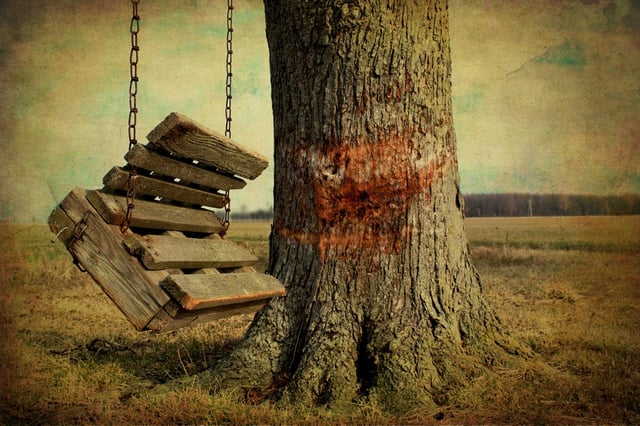

After learning about the Adverse Childhood Experiences (ACE) Study while in graduate school, I experienced an epiphany. As a public health student, not only was it a revelation to learn about such a revolutionary study in the field of trauma, but also a personal moment of clarity. Finally, for the first time in my life, I felt as if all the previous adverse experiences I had endured were universal, normalized, categorized, understood—and I wasn’t alone.
The original ACE Study was conducted from 1995 to 1997 by Kaiser Permanente. This research suggests that adverse childhood experiences (e.g., abuse, neglect, exposure to violence) directly correlate with negative health outcomes. Data from the ACE Study indicate that these experiences are common, with approximately two-thirds of participants reporting at least one ACE and one in five experiencing three or more. Research indicates that ACEs are linked to various negative health outcomes in adulthood including substance abuse, mental health disorders, high-risk sexual behaviors, and increased risk of experiencing intimate partner violence. A dose-response relationship exists; as one’s ACE score increases, so does the risk for experiencing negative health outcomes.
As someone who has been a victim of child physical abuse, witness to parental intimate partner violence, and a survivor of sexual assault, I am all too familiar with adverse childhood experiences. To learn about the ACE Study, to discover that traumatic experiences are studied and categorized, was a revelation. In learning about ACEs and how prevalent they are, I felt great relief that I was not alone in my experience of trauma. But when my professor rattled off scary statistics about ACEs in relationship to negative health consequences, I had mixed emotions. Had my previous trauma experiences permanently damaged my well-being and functionality beyond repair? Have these past experiences shaped my life course? (Read more about childhood trauma here.)
My childhood trauma was likely a key determinant in shaping my health behaviors and outcomes. Throughout my teens and twenties, I struggled with substance abuse and mental health issues, all likely stemming from my past trauma experiences. In learning about the positive correlation between ACEs and health risk behaviors, I finally felt as if I had some explanation for the trajectory of my life. Not only had these experiences likely acted as drivers of my health behaviors, but also paved the way for my current career in public health.
Now as a public health practitioner, my first instinct was “how do we prevent these outcomes?” How can we prevent adverse health trajectories in individuals who experience ACEs from an early age? Research suggests it is imperative to foster resiliency in at-risk youth by harnessing protective factors in populations vulnerable to trauma. Building strong trauma-informed programming, fostering family support systems, and promoting individual strengths are crucial approaches in preventing adverse health outcomes. Incorporating these approaches into educational and social programming will increase the support of youth facing trauma experiences and help to improve their outcomes.
In examining the ACE Study and all forms of trauma, what is most important to remember is how to foster resiliency among those who have experienced trauma. Data suggest that despite high ACE scores, positive health outcomes can be achieved for those who have experienced trauma by fostering resiliency and mobilizing community supports. It is imperative to integrate preventive, strengths-based approaches into public health programming, ensuring that those with past trauma experiences are supported to adopt positive health strategies. Learning about these approaches made me realize that although my ACE scores may be too damn high, I am more than a number denoted by my ACE score. I am not damaged goods. Rather, I am resilient.
Learn more about resiliency by registering for t3's upcoming course: "What to Expect, What to Do: Supporting Children's Resilience"
Image by Robb North (CC BY-SA 2.0).








